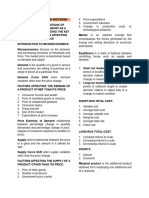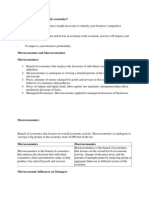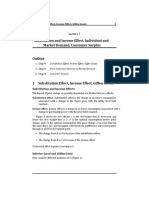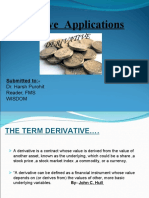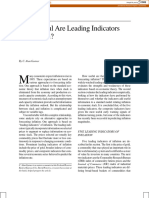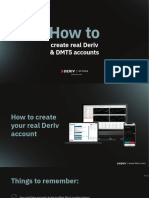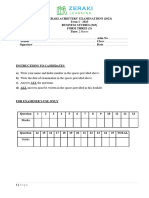0% found this document useful (0 votes)
35 views3 pagesMicroeconomics: Optimization & Markets
1. Microeconomics studies how individuals and firms make decisions to allocate limited resources in markets where goods are bought and sold.
2. The lecture covers optimization and allocation, different types of markets, economic measurement including flow and stock variables as well as prices, and positive versus normative economic analysis.
3. Key types of markets include competitive, monopolistic, oligopoly, monopoly, and monopsony/oligopsony markets based on product differentiation and influence on price.
Uploaded by
dijojnayCopyright
© © All Rights Reserved
We take content rights seriously. If you suspect this is your content, claim it here.
Available Formats
Download as DOCX, PDF, TXT or read online on Scribd
0% found this document useful (0 votes)
35 views3 pagesMicroeconomics: Optimization & Markets
1. Microeconomics studies how individuals and firms make decisions to allocate limited resources in markets where goods are bought and sold.
2. The lecture covers optimization and allocation, different types of markets, economic measurement including flow and stock variables as well as prices, and positive versus normative economic analysis.
3. Key types of markets include competitive, monopolistic, oligopoly, monopoly, and monopsony/oligopsony markets based on product differentiation and influence on price.
Uploaded by
dijojnayCopyright
© © All Rights Reserved
We take content rights seriously. If you suspect this is your content, claim it here.
Available Formats
Download as DOCX, PDF, TXT or read online on Scribd
/ 3

























